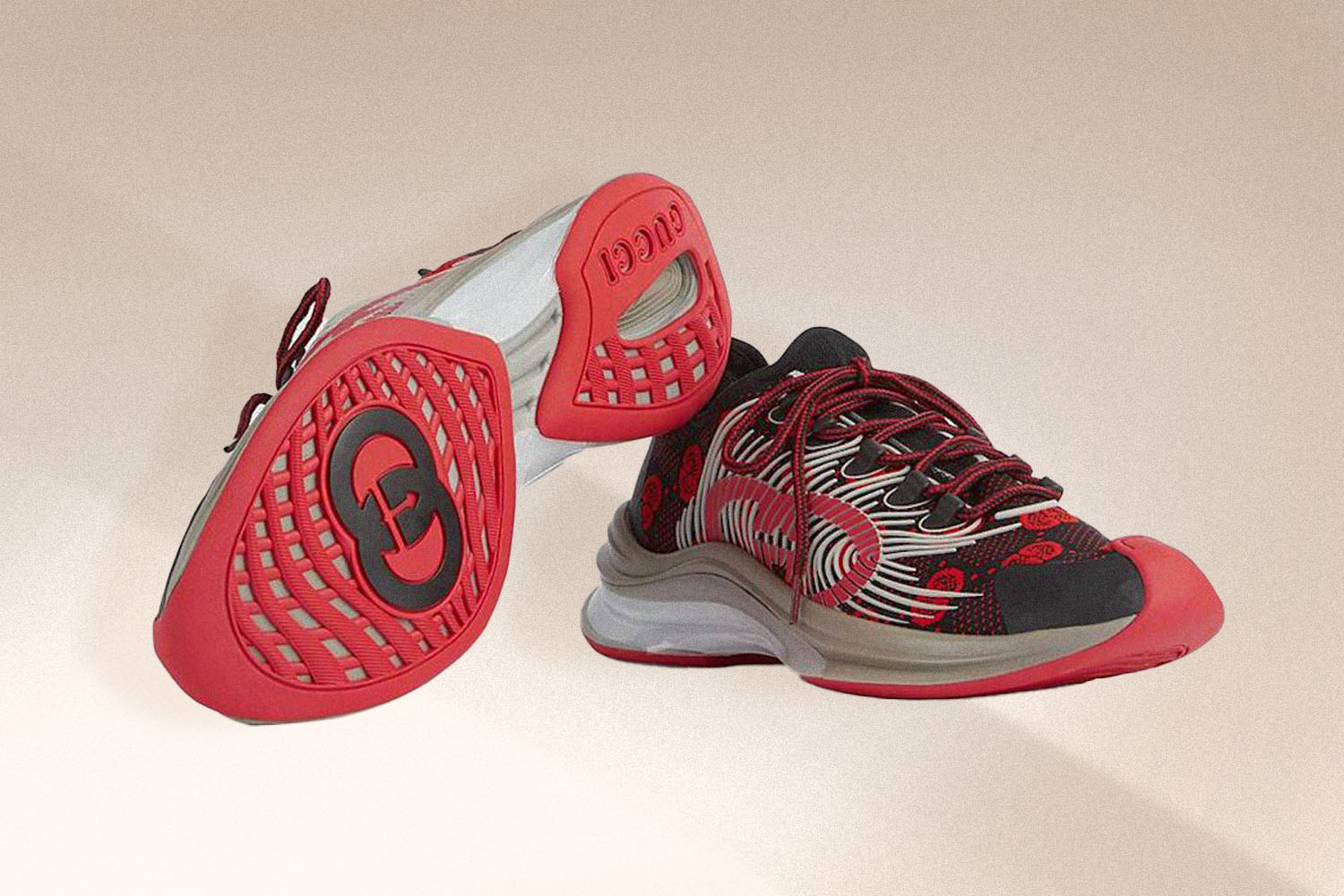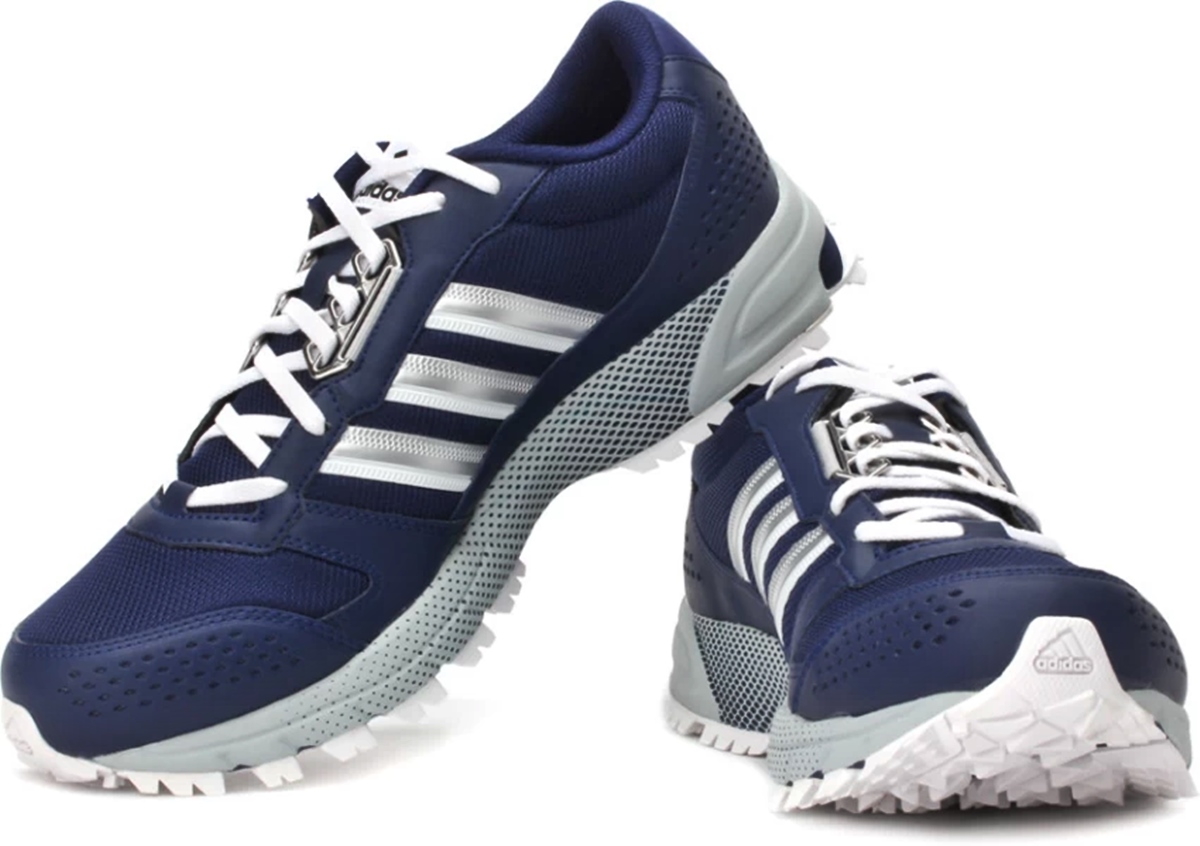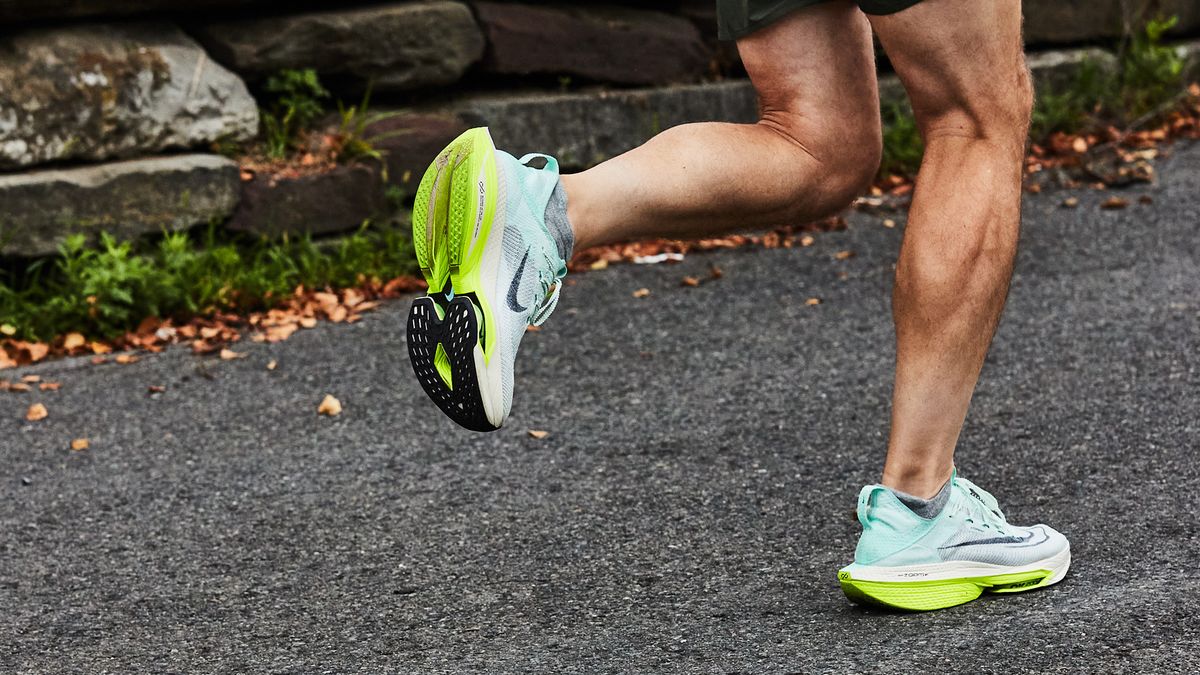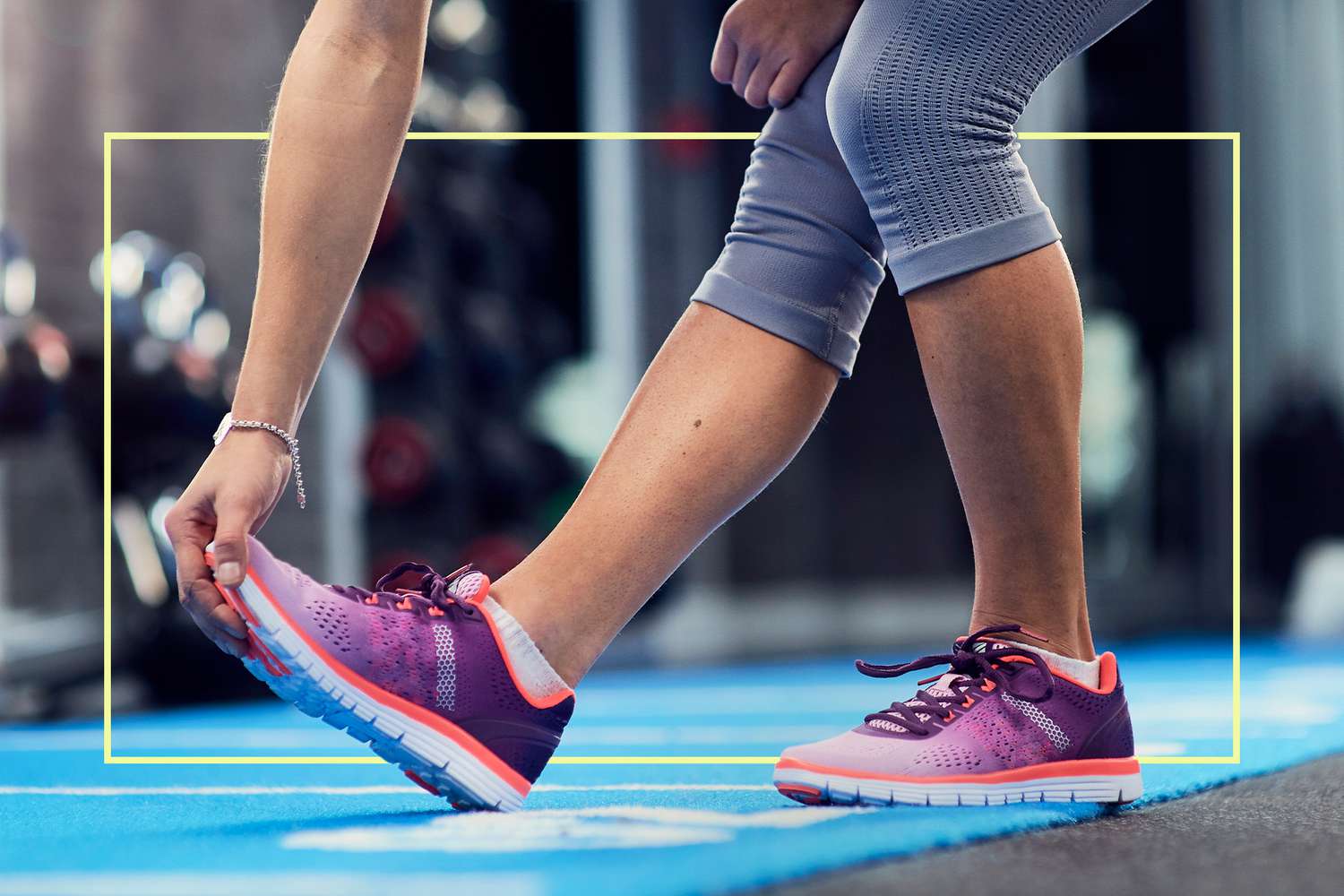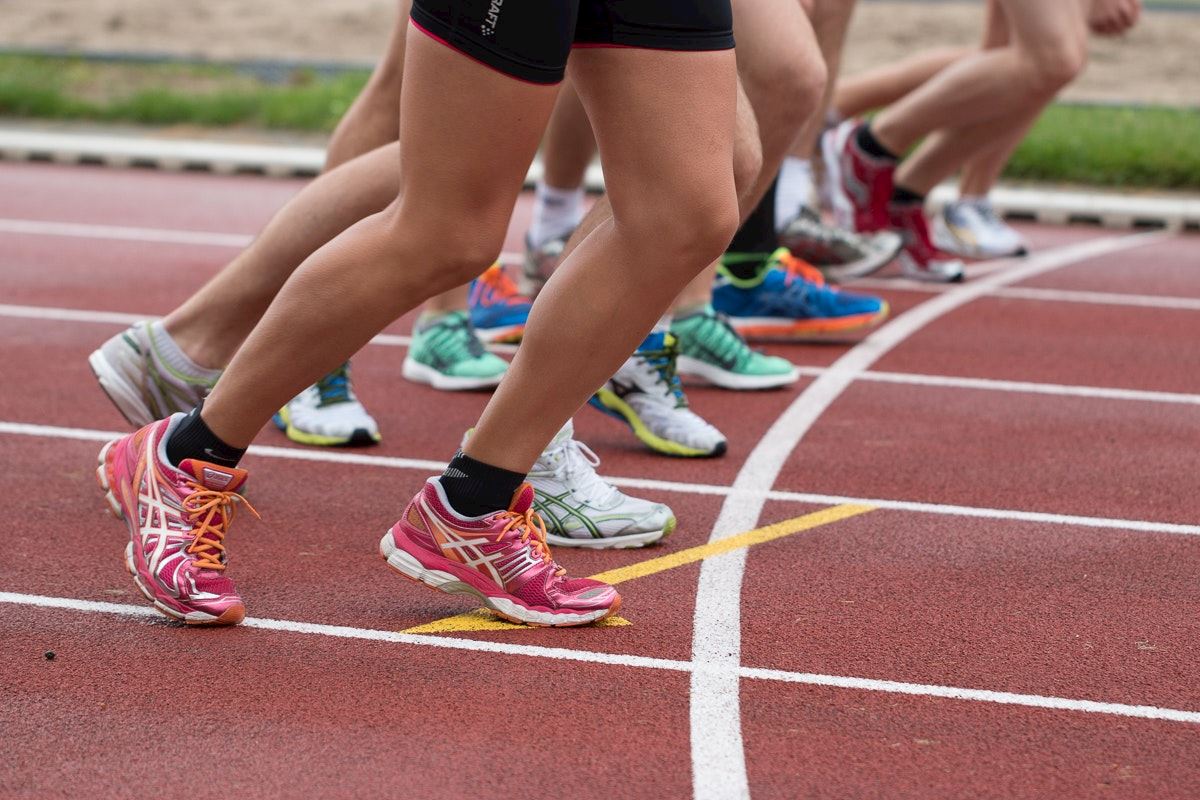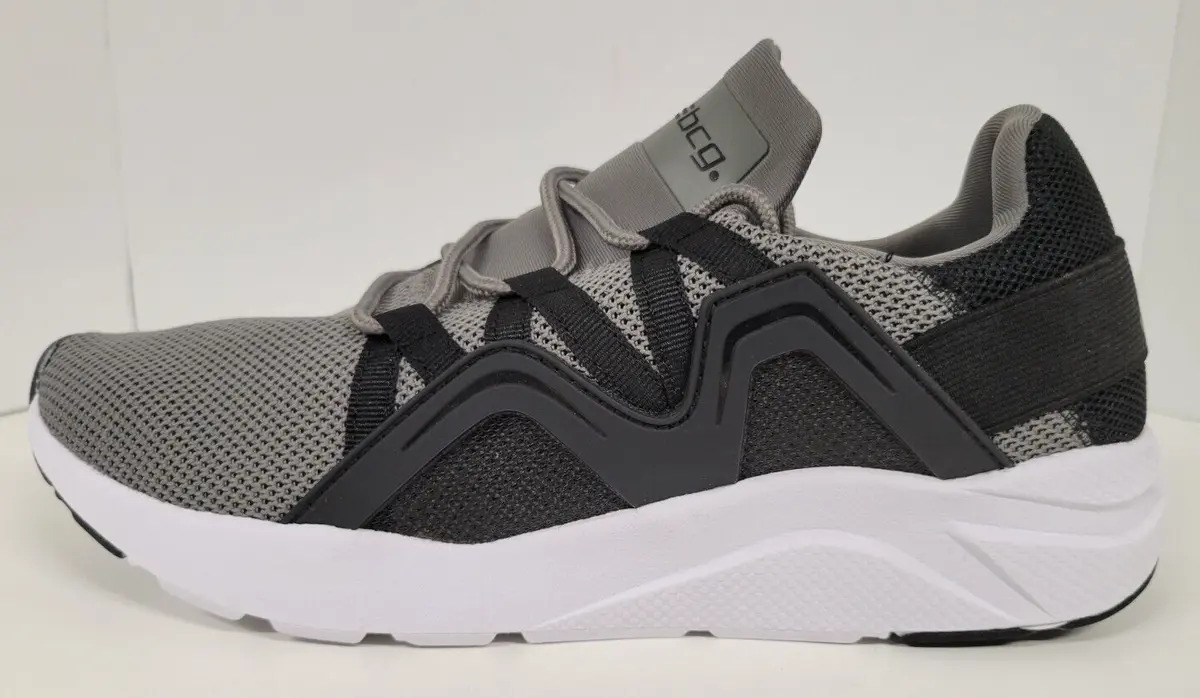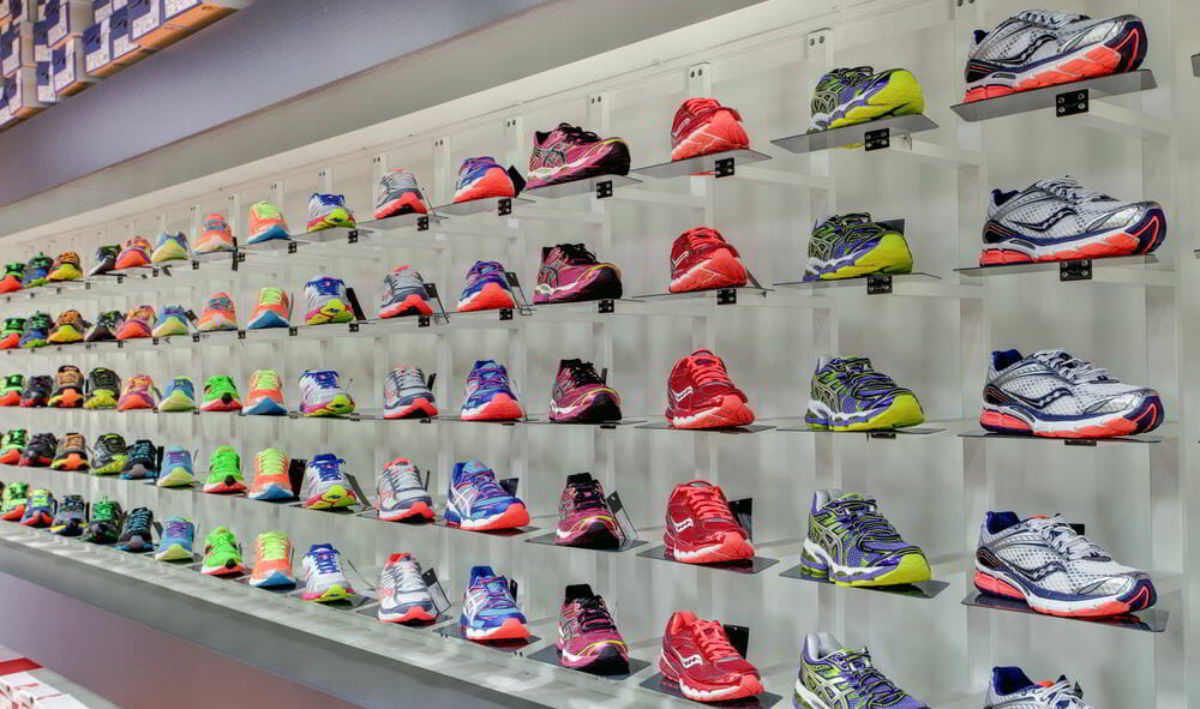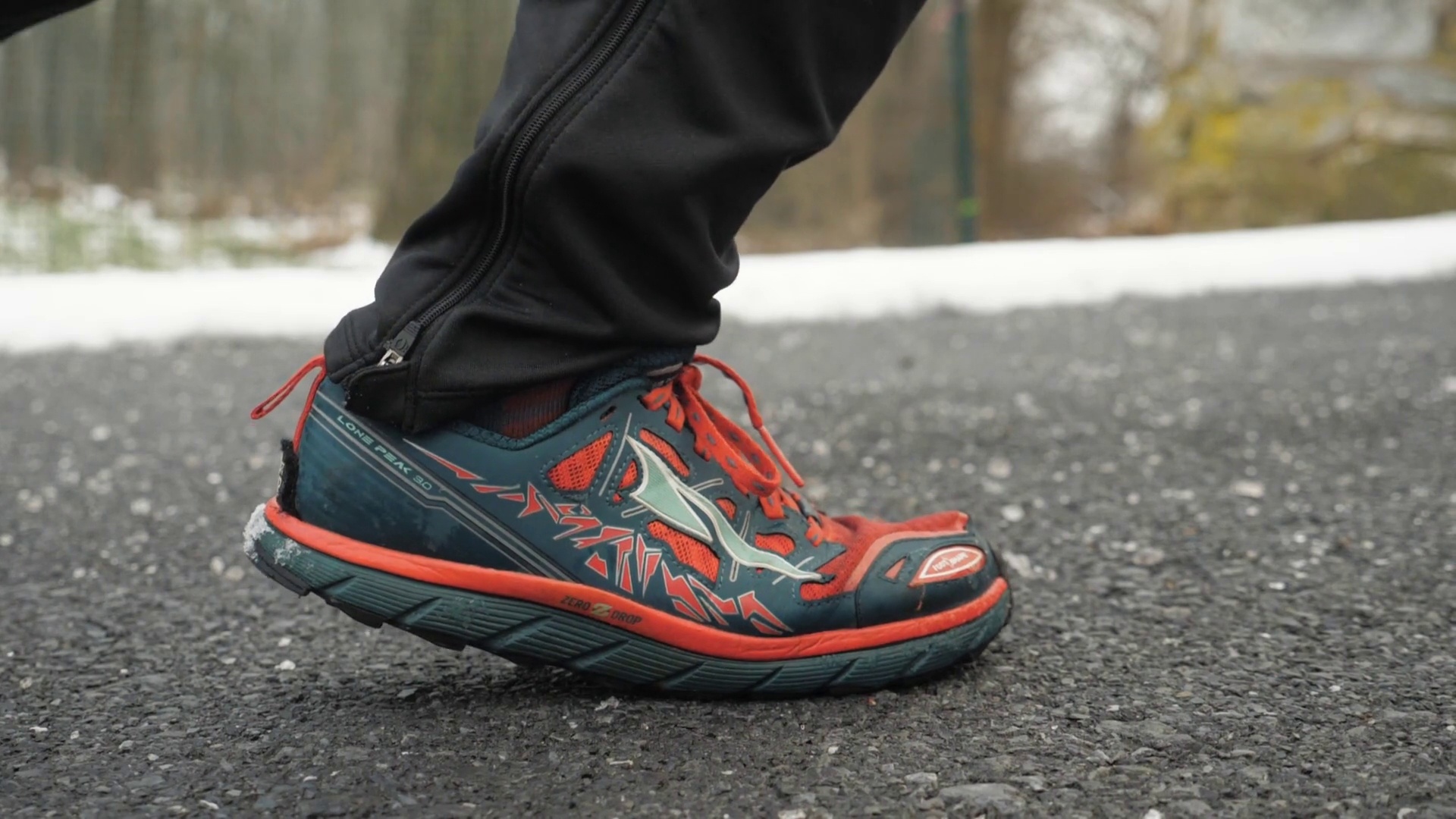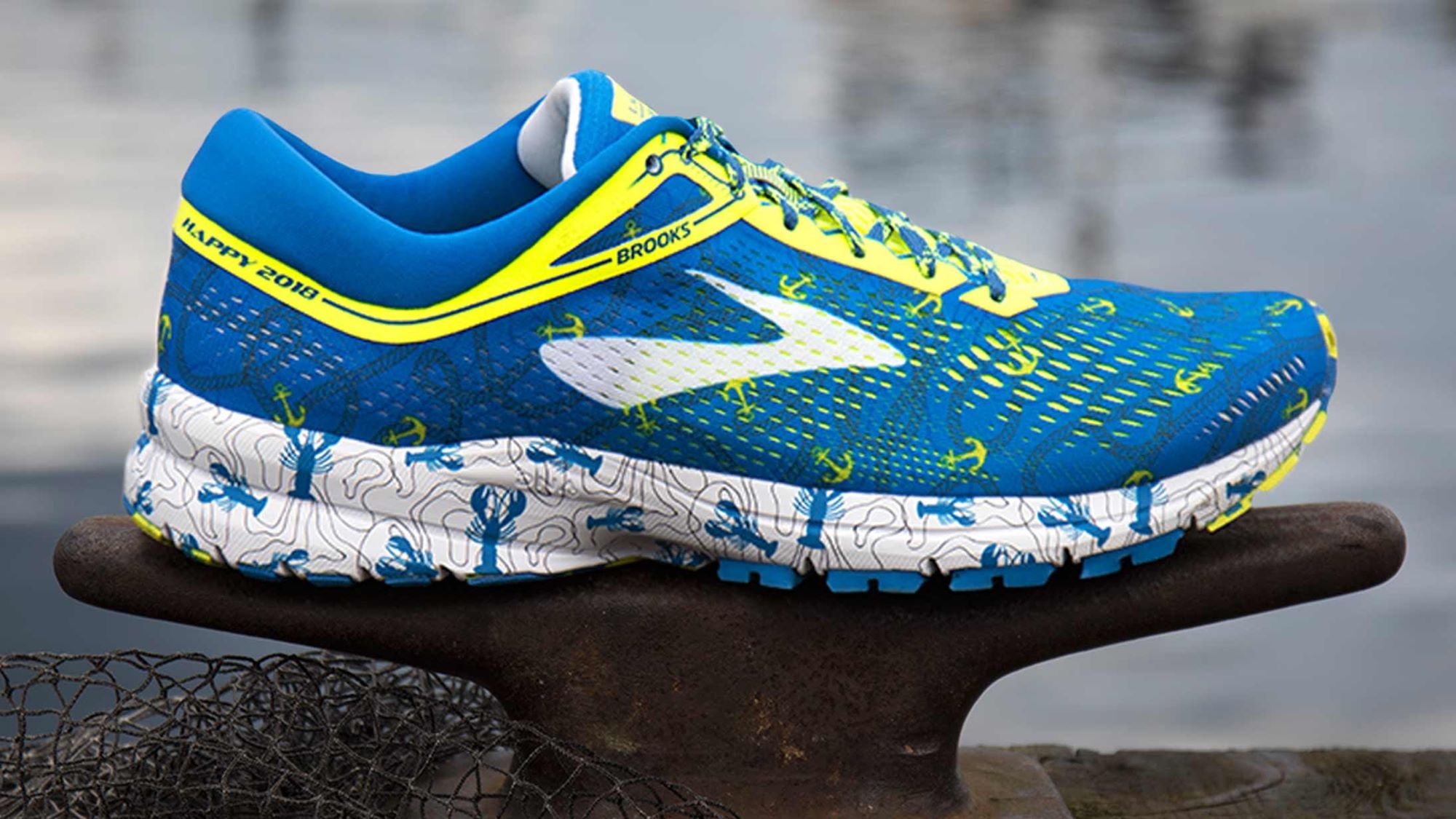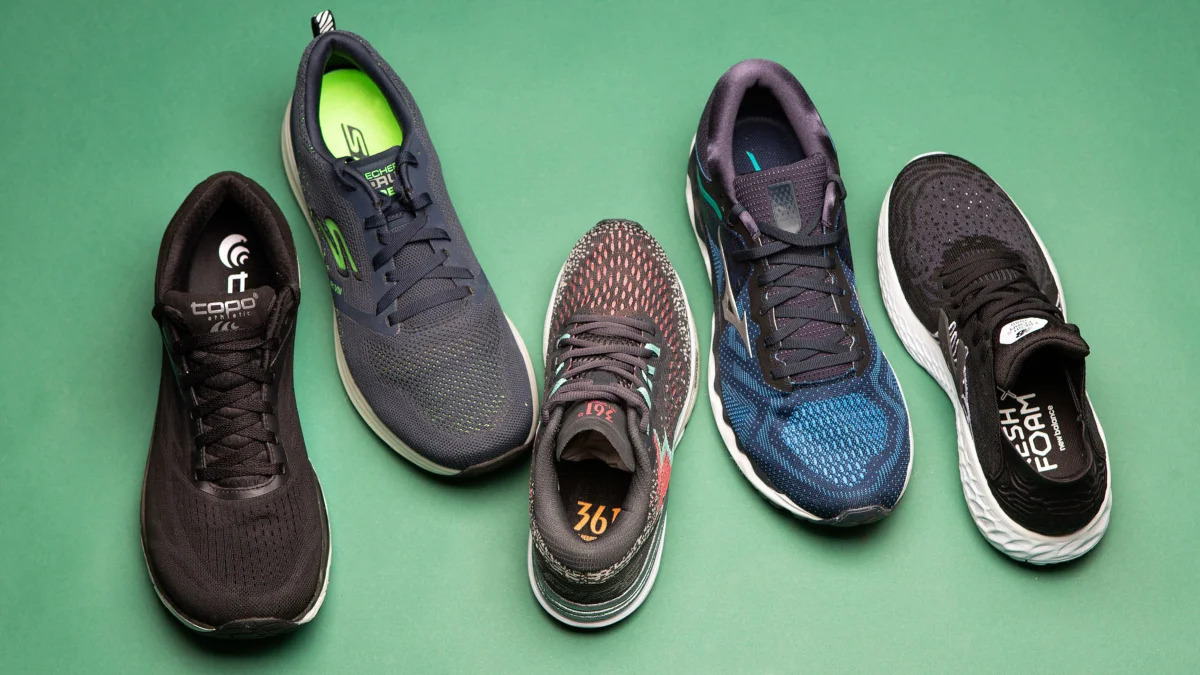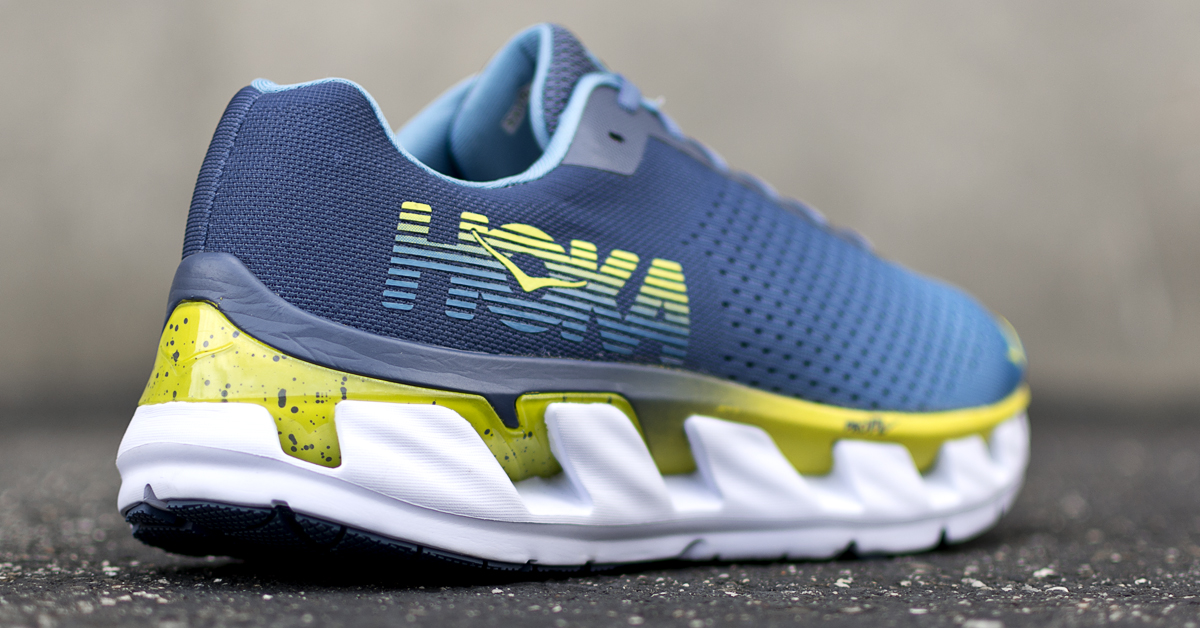

Featured
What Running Shoes Have Most Cushion
Modified: May 22, 2024
Looking for running shoes with maximum cushion? Check out our featured collection for the most comfortable and supportive options.
Introduction
Choosing the right pair of running shoes is crucial for any runner, whether you’re a seasoned marathoner or a beginner hitting the pavement for the first time. One of the key factors to consider when selecting running shoes is the level of cushioning they provide. Cushioning plays a vital role in absorbing impact, reducing stress on joints, and providing overall comfort during your runs.
When it comes to cushioning, not all running shoes are created equal. Some shoes offer minimal cushioning, which may be suitable for runners who prefer a more minimalistic feel and have good natural shock absorption. However, if you’re looking for optimal cushioning to protect your feet and joints, there are certain shoes that stand out from the rest.
In this article, we will delve into the world of running shoes with high levels of cushioning, discussing their importance, factors to consider when choosing them, and some top models to consider. By understanding the significance of cushioning and knowing what to look for, you’ll be better equipped to make an informed decision and find the perfect pair of running shoes that offer maximum comfort and support for your runs.
Importance of Cushioning in Running Shoes
Cushioning is a vital feature in running shoes because it helps to absorb the impact and forces that occur when your feet make contact with the ground during each stride. This impact can put stress on your joints, particularly your ankles, knees, and hips. The cushioning in running shoes acts as a buffer, reducing the impact and minimizing the risk of injury.
Furthermore, adequate cushioning enhances the overall comfort of your runs. It provides a soft and supportive platform for your feet, allowing you to run for longer distances without discomfort or fatigue. Whether you’re training for a race or simply enjoy running as a form of exercise, having running shoes with adequate cushioning can greatly enhance your experience.
Another significant benefit of proper cushioning is shock absorption. When you run, your feet and legs are subjected to repetitive pounding on hard surfaces. Without sufficient cushioning, this shock can reverberate through your body, leading to potential stress injuries. The cushioning in running shoes helps to absorb and dissipate this shock, reducing the strain on your muscles and joints.
In addition to injury prevention and shock absorption, cushioning also plays a role in stability. Running shoes with well-designed cushioning provide stability and support, helping to maintain proper alignment and reducing the risk of overpronation or supination. This is particularly important for runners with specific gait issues or individuals prone to ankle sprains and other common running-related injuries.
It’s worth noting that the level of cushioning required varies from runner to runner. Some runners prefer a softer, plush feel, while others prefer a firmer, more responsive cushioning. Personal preference, body weight, and running style all come into play when determining the ideal level of cushioning for your needs.
Overall, investing in running shoes with proper cushioning can significantly enhance your running experience by reducing the risk of injury, improving comfort, and providing optimal shock absorption and stability. Now let’s delve into the factors you should consider when choosing running shoes with high cushioning.
Factors to Consider When Choosing Running Shoes with High Cushioning
When it comes to selecting running shoes with high levels of cushioning, there are several key factors to consider. These factors will help you find the right pair of shoes that not only provide ample cushioning but also suit your running style and needs.
- Foot Type and Pronation: Understanding your foot type and pronation is essential when choosing running shoes. Different shoe models offer variations in cushioning and support based on whether you have a neutral arch, low arch (flat feet), or high arch. Additionally, understanding whether you overpronate (foot rolling inward) or supinate (foot rolling outward) can help guide you towards shoes with the appropriate cushioning and stability features.
- Level of Cushioning: Consider the level of cushioning that best suits your preferences and needs. Some runners prefer a plush, soft cushioning for maximum comfort, while others prefer a firmer cushioning for more responsiveness and energy return. Try on different shoes and take note of how they feel underfoot to find the right balance for your running style.
- Drop or Heel-to-Toe Offset: The drop or heel-to-toe offset refers to the height difference between the heel and forefoot of a shoe. Different brands and models offer varying drops, and it’s essential to choose a drop that aligns with your running mechanics and comfort. Higher cushioned shoes often have a higher drop, which may suit runners who heel strike, while lower drop shoes are preferred by those who land midfoot or forefoot.
- Running Surface: Consider the type of surface you mainly run on. If you primarily run on road surfaces, shoes with adequate cushioning and durability are recommended. For trail running, shoes with additional features like rock plates and aggressive outsoles may be necessary to provide protection and stability on uneven terrain.
- Weight: The weight of the shoe can impact your running performance. Some heavily cushioned shoes tend to be bulkier and heavier, which may not be suitable for runners who prioritize speed and responsiveness. Consider a balance between cushioning and weight to find a shoe that fits your specific needs.
- Fit and Comfort: Lastly, ensure that you choose a shoe that fits well and provides overall comfort. The shape and design of the shoe should align with the contours of your feet, and there should be ample room in the toe box to prevent any discomfort or restrictions during your runs. Additionally, factors such as lacing systems and cushioned collars can contribute to the overall comfort and fit of the shoe.
By considering these factors and conducting thorough research, you can make an informed decision when choosing running shoes with high levels of cushioning. Keep in mind that what works for one runner may not work for another, so finding the right shoe that caters to your individual needs and preferences is crucial.
Top Running Shoes with Maximum Cushioning
When it comes to running shoes with maximum cushioning, there are several highly regarded models that stand out. These shoes are known for their exceptional cushioning properties and have garnered positive reviews from runners of all levels. Here are some of the top running shoes with maximum cushioning:
- Hoka One One Bondi 7: The Bondi 7 is renowned for its plush cushioning and comfort. It features a thick, soft midsole that provides excellent shock absorption and a smooth ride. The shoe also offers a wide toe box, accommodating runners with wider feet or those who prefer more toe splay.
- Brooks Glycerin 19: A long-time favorite among runners, the Glycerin 19 offers a luxurious and well-cushioned feel. It utilizes Brooks’ DNA Loft technology in the midsole, providing excellent cushioning and responsiveness. The shoe also offers a roomy and comfortable fit, making it suitable for long-distance runners.
- New Balance Fresh Foam 1080v11: Known for its plush cushioning, the Fresh Foam 1080v11 boasts a soft and bouncy midsole that enhances comfort and responsiveness. The shoe also features a roomy toe box and a breathable upper, ensuring a comfortable and enjoyable running experience.
- Asics Gel-Nimbus 23: The Gel-Nimbus 23 is a highly cushioned shoe designed for neutral runners. It utilizes Asics’ Gel cushioning technology in the heel and forefoot, providing excellent shock absorption. The shoe also offers a supportive yet comfortable fit, making it ideal for long runs and daily training.
- Nike Air Zoom Vomero 15: The Air Zoom Vomero 15 delivers premium cushioning and a responsive ride. It features Nike’s Zoom Air units in the forefoot and heel, providing excellent cushioning and energy return. The shoe also offers a lightweight and breathable mesh upper, enhancing overall comfort.
- Saucony Triumph 19: With its generous cushioning and plush ride, the Triumph 19 is a top choice for runners seeking maximum comfort. It features Saucony’s PWRRUN+ midsole foam, delivering a soft and responsive feel. The shoe also offers a spacious toe box and a secure fit, enhancing overall comfort and stability.
These are just a few of the top running shoes with maximum cushioning available on the market. Remember that choosing the right shoe ultimately depends on your personal preferences, running style, and specific needs. It’s always recommended to try on different models and consult with experts to find the shoe that suits you best.
Conclusion
Choosing running shoes with high levels of cushioning is essential for runners who prioritize comfort, injury prevention, and overall performance. The proper cushioning can absorb impact, provide stability, and enhance the overall running experience. When selecting running shoes with maximum cushioning, it’s important to consider various factors, including foot type, cushioning level, drop, running surface, weight, fit, and comfort.
By understanding your specific needs and preferences, you can find the perfect running shoe that offers optimal cushioning and support. Whether you prefer a plush, soft feel or a firmer, more responsive cushioning, there are various models available that cater to different running styles and preferences.
Some of the top running shoes with maximum cushioning, such as the Hoka One One Bondi 7, Brooks Glycerin 19, New Balance Fresh Foam 1080v11, Asics Gel-Nimbus 23, Nike Air Zoom Vomero 15, and Saucony Triumph 19, offer exceptional comfort, stability, and shock absorption.
Remember that finding the right running shoe is a personal journey that involves trial and error. What works for one runner may not work for another. It’s essential to try on different models, consult with experts, and consider your specific running needs to ensure a perfect fit.
Investing in the right running shoes with maximum cushioning can make a significant difference in your running performance, overall comfort, and injury prevention. So lace up your shoes, hit the roads, and enjoy your runs with the confidence and support that high cushioning can provide.
